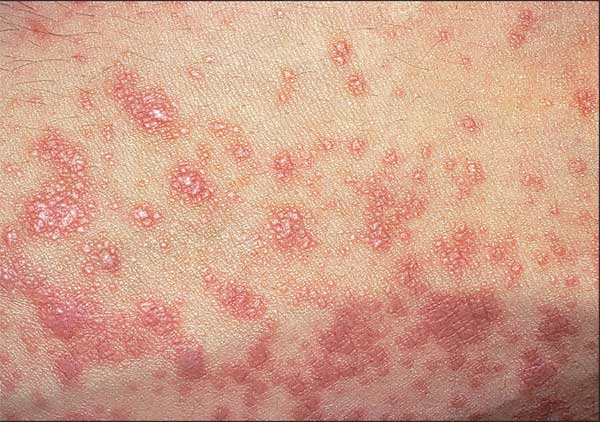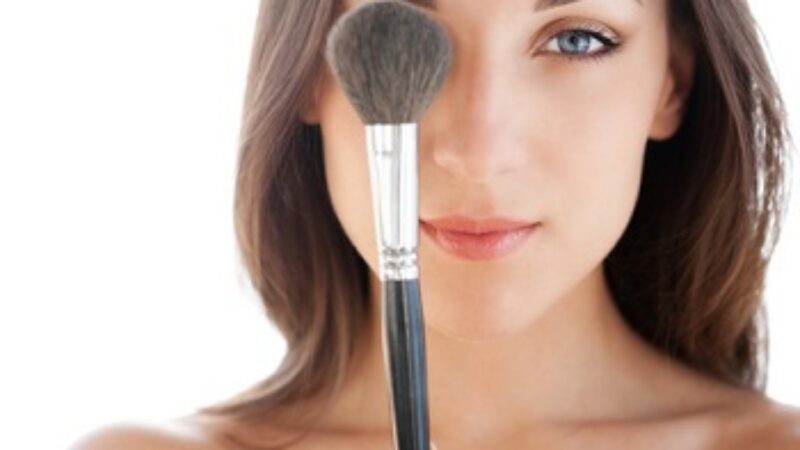Lichen planus is a common inflammatory skin condition that affects the skin and mouth. It affects about 1 – 2% of the general population and is more common in women than men. It occurs most often in middle-aged adults. The term “lichen” doesn’t refer to the lichen found on rocks or trees, but rather it describes the appearance of affected skin.
What causes lichen planus is not known. It is classified as an autoimmune disease although some cases can occur as allergic reactions to medications. As well, it has been reported to be a complication of chronic hepatitis C virus. Lichen planus is not contagious; it isn’t caused by an infection. Stress has been found to complicate lichen planus.
Appearance of Lichen Planus
Lichen planus appears as a rash, typified by the “5 P’s”: well-defined pruritic, planar, purple, polygonal papules.
The wrist and ankle are most commonly affected, however the mouth may also be involved. The lichen planus rash appears as a blue-black or brownish discoloration that stays for a long time. There may be thick patches (hypertrophic LP) especially on the shins. Diagnosis is somewhat easy because of its typical appearance. Sometimes clinicians will perform a skin biopsy to confirm the diagnosis.
Treatment Of LP
There is no known cure for LP but treatment can help to relieve itching and improve the appearance of a rash. Most cases will resolve on their own within two years, but skin discoloration may result due to the rash. Eventually, they will fade away on their own. Recurrence occurs in about 20% of affected individuals.
There aren’t any perfect treatments for lichen planus, but commonly used medications are topical steroid creams, oral anti-inflammatory drugs or antihistamines. More severe cases may require oral cortisone or UV light treatment.




